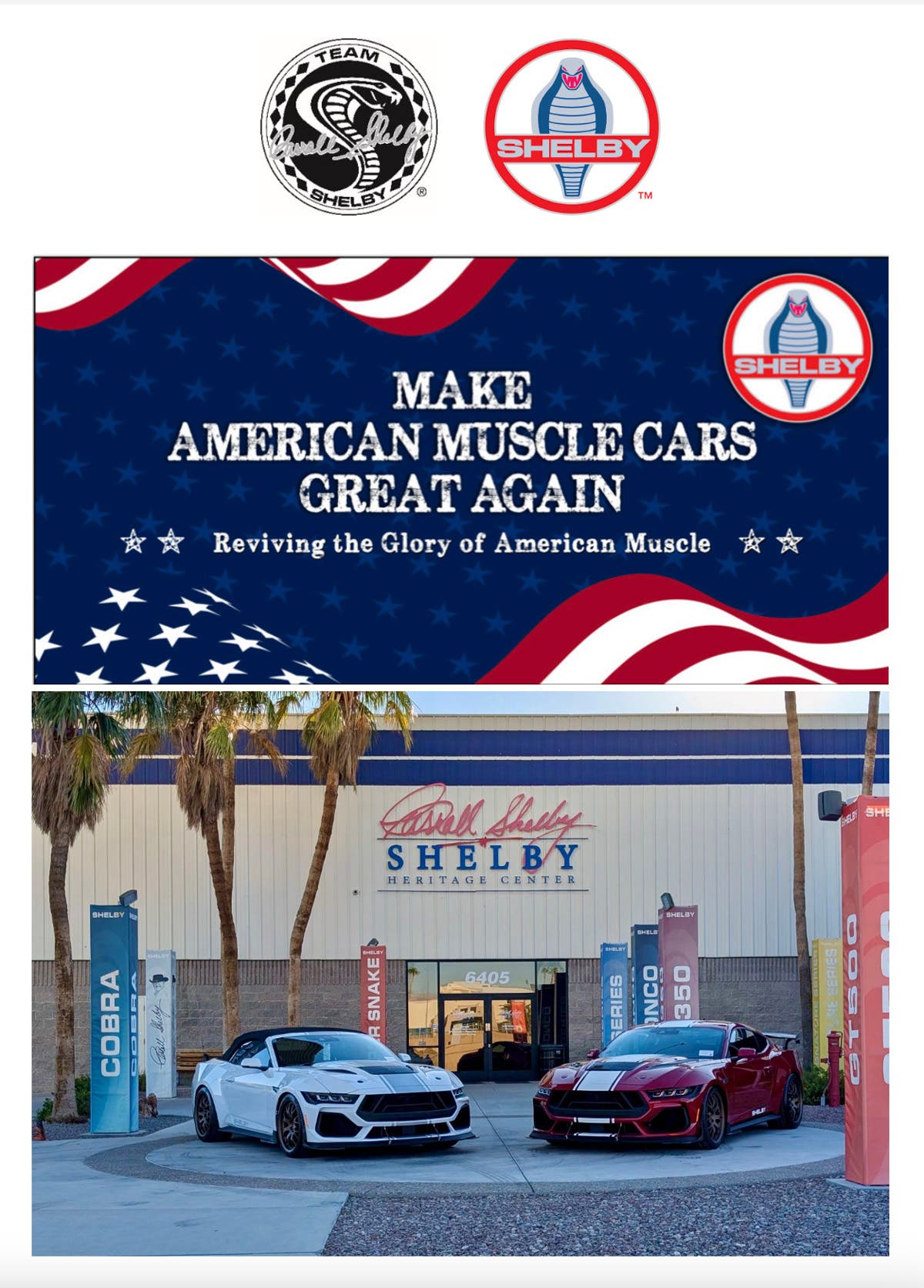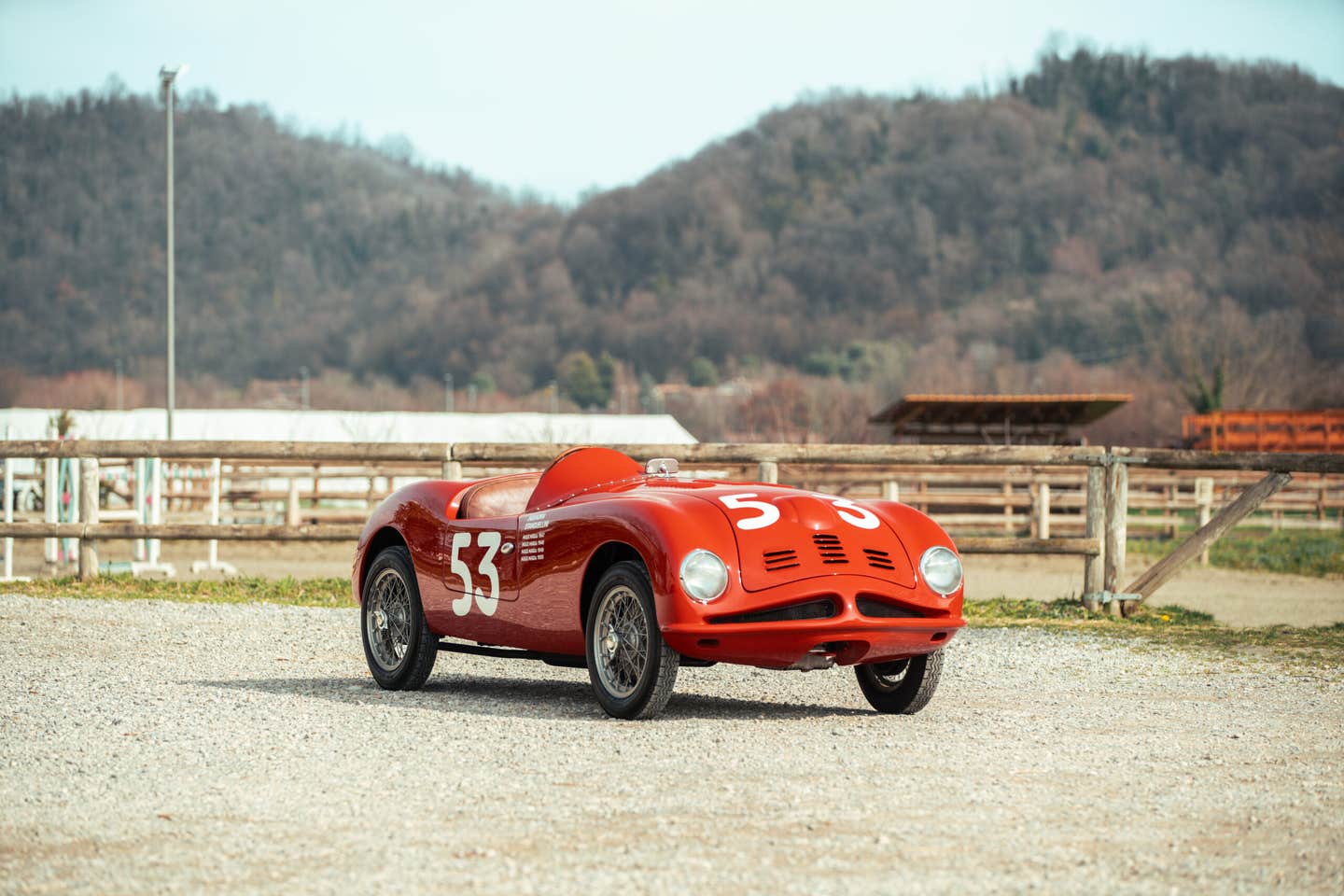Tips to ensure your old car has a safe, trouble-free winter nap
Classic car owners should pay particular attention when considering storage during inclement months when rain and snow can take their toll on a good original or nicely restored car.
Storing Your Baby
By Gerald Perschbacher
Car collectors can be like potato chip eaters: they can’t have just one. With each addition, the owner’s time is spread thinner to the point that simply owning an old car can become a millstone hanging around the neck. Still, many of us collectors tuck old cars away, hoping to one day bring them to the light of refurbishing.
In the meantime, storage is important. Same can be said for storage during inclement months when rain and snow can take their toll on a good original or nicely restored car.
Here are some tips when considering storage.
- Find a proverbial “little old lady” who doesn’t drive. If she owns her home, chances are good that she may have a garage she isn’t using. If the lady knows and trusts you, then you may be able to rent her garage. Or, perhaps a trade-off can be made; you shovel snow or do yard maintenance while your car gains a spot in a nice garage.
- In cases where money is due and favors aren’t needed, negotiate with a home owner. In the Midwest, garage space may go for as low as $20 a month, but don’t bet on it. More likely, the price will be $40 to more than $100, depending on the storage space and its proximity to a metropolitan area. If the space is heated, all the better, but the price will rise accordingly.
- Whether you find a commercial rental space or a private garage, consider the privacy aspect. If you are in and out with the car, will the “wrong people” see it? If so, your car’s safety may be at risk. The home owner may allow you to install a security system. Ask before you make an agreement to rent. If the owner says OK to a security system, then seek security options. Once that system is installed in the garage, it probably becomes part of the house. When this happens, you may talk to the owner and negotiate to have part (or all) of your costs absorbed by the home owner. Why? They will benefit by having the system whenever they go to sell the house. As an extra precaution, cover windows that allow strangers a view into the garage. This will also lessen the danger of fading or inconsistent warming and cooling on parts of the car body.
- Be sure to have access to the garage on your own. Otherwise, you will be at the mercy of the owner when retrieving your car.
- Check the space for bugs, mouse droppings and water marks. These are all signs you don’t want to see. The mice and bugs can be driven out or otherwise neutralized after persistent use of exterminating supplies, but the water stains are another matter. It is possible that leaks and dampness in such a space will harm rather than help the car. Rust can begin. Chrome will corrode. Paint can peel due to humidity and improperly prepared surfaces. Water seeping into a garage only augments the rise of vermin and the smell of a musty interior that weakens cloth fiber and leather. A dehumidifier may be a blessing, but it still needs to be checked and emptied.
- Elderly people who rent out their garages don’t like to be pestered by car owners coming and going at any time of the day or night. They also tend not to appreciate the sound of a mechanic working. If you have rented space, don’t anticipate spending late hours doing repair work at the site.
- Car covers prevent dust from settling on the car in indoor storage. This can be important, since cars sometimes obtain a light film from sitting in the wrong type of spaces. The surface may not look ugly, but when you try to polish the car, the results are less than desired. All this leads to a simple point: before placing a car in storage, wash it and let it dry thoroughly. Once the car is removed, wash and polish it again.
- Some car owners prefer fitted car covers. Other car owners use old, soft blankets and sheets to cover their cars. Either is fine, but some collectors then cover their cars with plastic. Be sure the bare plastic does not rest against car paint. If it does, then moisture can collect, adversely affecting the paint. Or worse yet, a chemical reaction takes place between the plastic, the fumes it emits and the car’s paint. A cloth cover (or blankets and sheets) lifts the plastic off the surface of the paint. If cotton material is used, bear in mind that cotton and other natural cloths tend to absorb water from the air.
- Before placing a car in storage, some owners drain the gas. If the car is old enough to have a vacuum tank, they drain that, too, and run the system dry. Some owners flush them out with light solvents. Or, owners use racing fuel which tends to be much more stable. It also carries more octane, which means your car will need to be tuned to the octane for best results.
If you choose to leave fuel in the tank, be sure the tank is full and the fuel does not contain ethanol, which will undergo phase separation after six months. Use an additive such as Sta-bil or Seafoam to prevent moisture from collecting in the fuel tank.
- Don’t store a car and ignore it. If you do, then expect tires to lose air or go totally flat. You may want to place the car on jacks or blocks to preserve the tires and avoid “flat spots” when you take to driving. Hydraulic brake systems can absorb moisture and lock up. An easy preventative tip is to pump the brake pedal every few weeks, just to circulate the brake fluid and keep lines from rusting on the inside. Mechanical brakes are much less a problem. Be watchful of the cooling system and use coolant that is protective of the vehicle’s engine and radiator. In extreme cases, drain the cooling system; if the fluid is relatively clean, then re-bottle it for use next season.
- Sweep, brush and vacuum the upholstery and carpet to maintain the condition of your interior and prevent attracting vermin. Carefully clean the headliner. Cover the seats with clean sheets. This can discourage vermin from living and chewing on the upholstery. Covers keep dust off, too. Use an ample supply of repellant inside your passenger compartment, glove box and trunk. Mothballs are cheap and effective. If a moth laid eggs, then the moth balls will emit a gas that will kill the larvae. A repellant is only meant to keep critters from making your car their home. But once an egg is laid, the repellant probably will not kill the larvae. Check the product before you buy.
Under the hood, remove any natural debris such as leaves, twigs and dead bugs. These will only attract moisture and more bugs. Wipe away excess oil. Be sure all caps, belts, hoses, clamps and any other screw-downs or adjustables are functioning properly. Place a drip pan or pad under the engine compartment as a precaution.
Be sure to keep windows and doors tightly closed and trunk lids down. For extra protection against theft or vandalism, lock all doors. If yours is an open car, cover the seats, cover the top in the “up” position to avoid wrinkles, and cover the whole vehicle once more. Place repellant/moth balls under the covers protecting the seats. This will form a pocket of protection.
- Finally, place identification on the car in at least two places. Owners can pin their name and phone number (or e-mail address) on the outermost cover, in an obvious place. Place another similar note on the front seat of the car or prop it in the driver’s window. You never know when that “little old lady” or storage facility owner may suddenly die or seek sanctuary in South America. Best to mark your ownership while you can. Finally, check on your car from time to time.








